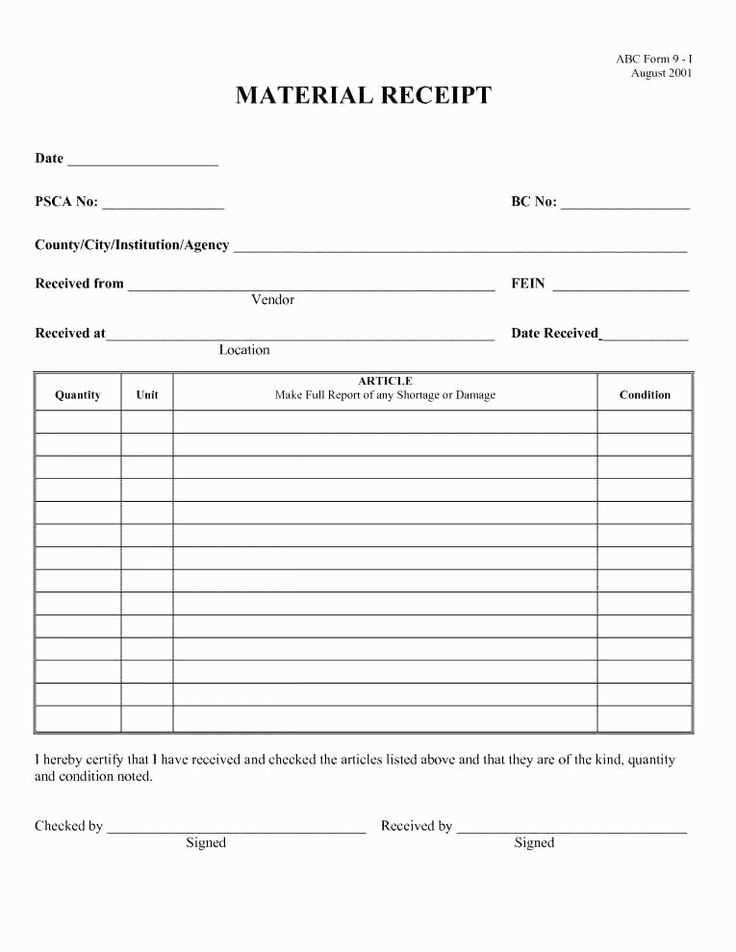
Using a receipt for goods received is a straightforward way to document transactions and ensure both parties are aligned. This document serves as proof that goods were delivered and accepted. A receipt should clearly outline the product details, quantities, and condition upon arrival. This helps to avoid any confusion or disputes later on.
When creating a receipt template, be sure to include key elements like the supplier’s name, address, and contact details, as well as the recipient’s information. Include the date of receipt, a list of items received, their condition, and any relevant serial numbers or batch codes. This transparency will help maintain a smooth record-keeping process.
Consider using a standardized format for easy readability and consistency. This allows both parties to quickly review the information. Keep the template simple yet comprehensive, ensuring all necessary details are covered while avoiding unnecessary complexity.
Lastly, make sure to retain copies of the receipt for your records. Storing these documents can help in case of returns, warranty claims, or any future audits. It’s a small step that can provide clarity and protection for both buyer and seller.
Receipt for Goods Received Template
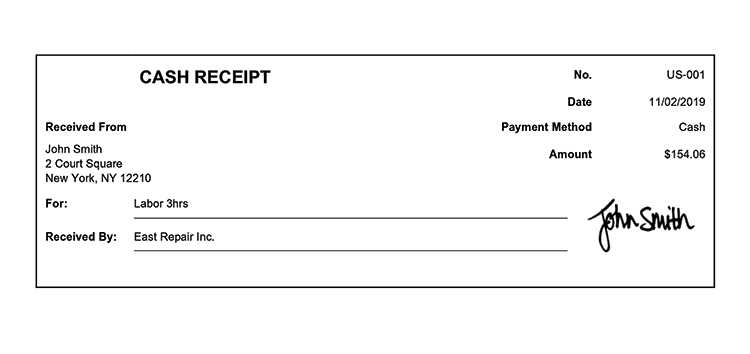
Include the following details in your template: the recipient’s name and contact information, supplier details, date of delivery, and a description of the goods. Ensure you list the quantity, condition, and any specific item codes or serial numbers. If applicable, mention the order number or reference number. It’s also helpful to include space for any discrepancies or issues found upon receipt.
Example Format:
Recipient’s Information:
Name: [Full Name]
Contact Info: [Phone/Email]
Supplier Details:
Supplier Name: [Company Name]
Address: [Full Address]
Phone/Email: [Contact Info]
Goods Details:
Product Name: [Item Name]
Quantity: [Number of Items]
Condition: [New/Used/Defective]
Item Code: [SKU/Serial Number]
Order Number: [Order #]
Date of Delivery: [MM/DD/YYYY]
Additional Notes:
Space for noting any discrepancies or damages.
How to Format the Receipt for Clarity
Organize the receipt into clear, distinct sections. Begin with the company’s name, address, and contact information at the top. This ensures recipients know who issued the receipt right away. Then, include a unique receipt number for reference.
Include Date and Time
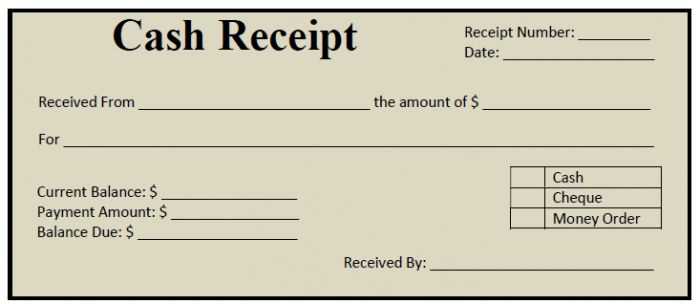
List the date and time of the transaction directly below the receipt number. This helps avoid confusion, especially for future reference or returns. The format should be easy to read and consistent.
Break Down the Items

For each item received, create a separate line with a description, quantity, and price. Use columns to separate this information, making it easy to compare. Highlight any discounts or adjustments clearly, and avoid clutter by keeping the descriptions concise.
Provide Total Amounts Clearly
The total amount due should be bolded or underlined to stand out. Place this at the bottom of the receipt, below itemized costs and taxes, to ensure it’s easily identifiable.
Provide Payment Information
Finally, include the payment method and any relevant transaction details, such as card number or payment processor. This adds transparency and security for both parties involved.
Key Information to Include in the Template
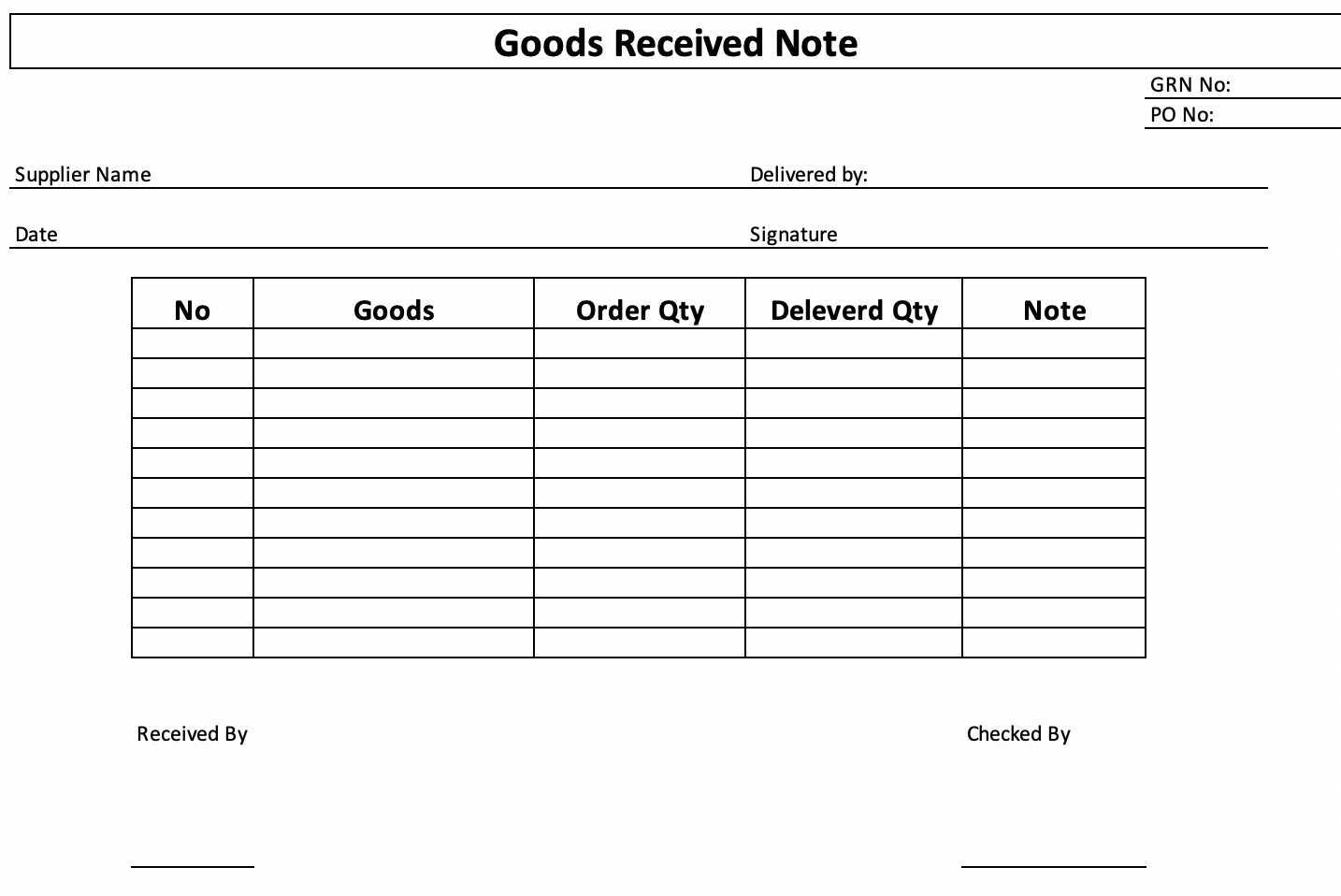
Receipt Number: Assign a unique identifier for each transaction to easily track and reference specific receipts.
Supplier Name: Include the full name of the supplier or company from which the goods were received. This ensures proper identification and accountability.
Buyer Information: Clearly state the buyer’s name, address, and contact details. This helps confirm who the receipt is issued to and avoids confusion in case of disputes.
Transaction Date: Mention the exact date the goods were received. This serves as a record of when the transaction occurred for both parties.
Description of Goods: Provide detailed descriptions of the goods received, including quantities, sizes, and product codes. This ensures there is no ambiguity about what was delivered.
Condition of Goods: Note the condition in which the goods were received, including any damages or discrepancies. This can protect both parties if any issues arise later.
Amount Paid: Specify the payment amount for the goods received, along with the payment method. This ensures transparency about the financial transaction.
Signature: Include spaces for signatures from both the buyer and supplier. This confirms mutual agreement on the transaction details.
Customizing the Template for Different Business Needs
Adjust your receipt template to match the specifics of your business. You can add sections relevant to your operations, ensuring the template serves both functional and legal purposes.
1. Include Industry-Specific Information
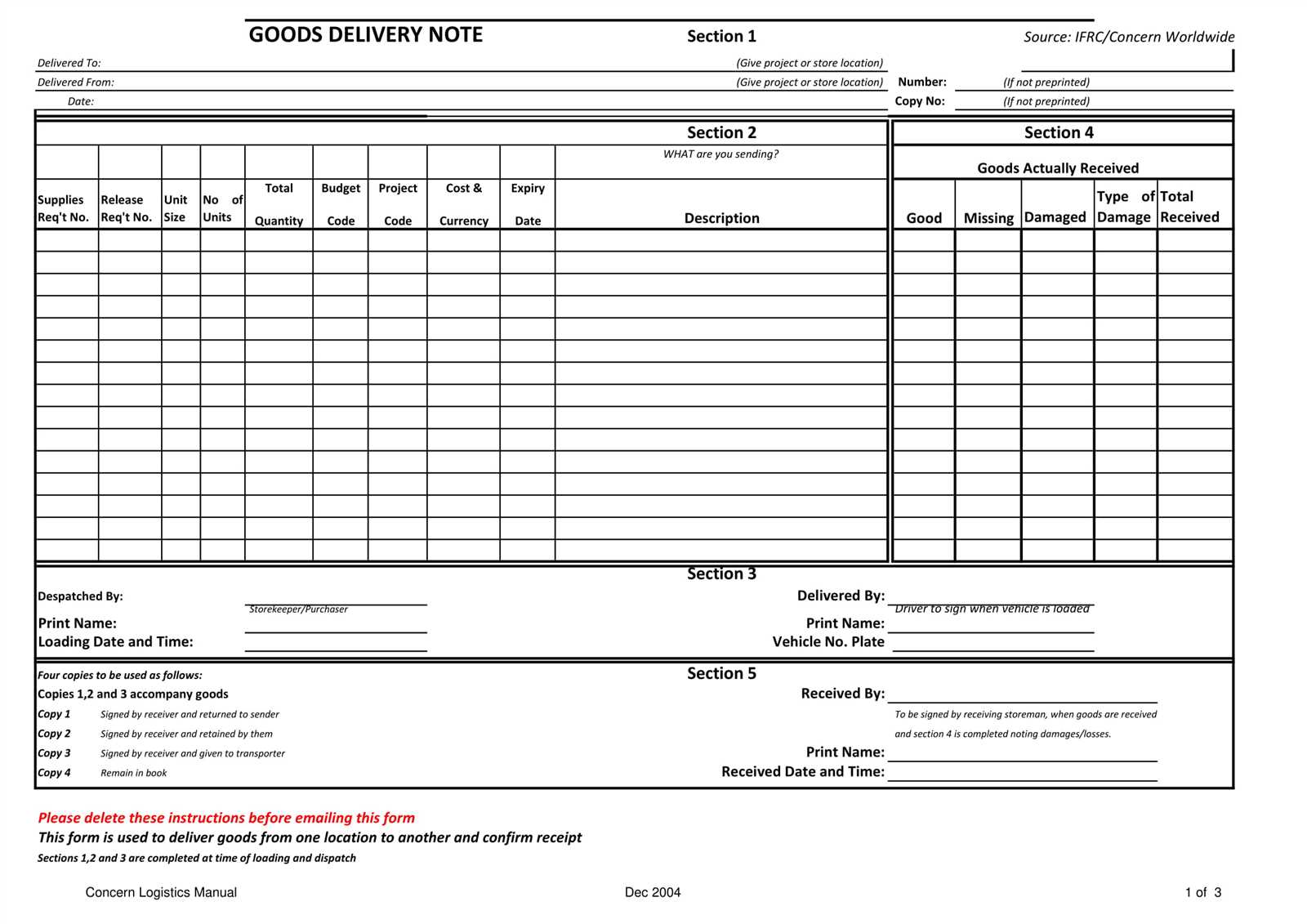
If you are in retail, you might need to add product categories, SKU numbers, or discount codes. For service-based businesses, include service descriptions, hourly rates, and total hours worked.
2. Modify Layout for Branding
- Incorporate your company logo and business colors for a more professional appearance.
- Change the font style and size to align with your brand identity.
- Position the contact details and legal disclaimers in places that fit your design, keeping them easy to locate.
3. Add Custom Fields
For businesses with unique needs, include custom fields like customer reference numbers, delivery dates, or project IDs. These additions help track transactions more effectively.
4. Tailor the Payment Section
- For businesses with multiple payment options, create separate sections for credit card, cash, and other payment methods.
- Adjust tax calculations or include specific tax codes for accurate reporting.
5. Ensure Legal Compliance
Ensure your template includes all legally required information, such as your tax ID number or terms and conditions, depending on your location and industry.


